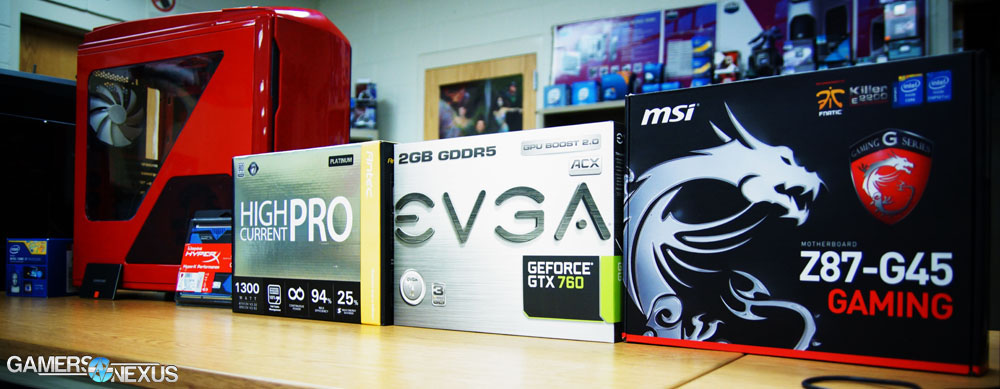Blockchain Gaming's Failed Promise: Why P2E Games Never Reached Mainstream Success
The promise of blockchain gaming in 2022 failed to materialize despite the crypto market's recent recovery. Let's examine why this innovative concept never gained mainstream adoption.

Blank image placeholder
Fundamental Issues With P2E (Play-to-Earn) While gaming rewards aren't new, P2E's economic model proved unsustainable. The system requires continuous new player investment to maintain token value, resembling a pyramid scheme. Unlike traditional gaming rewards, P2E's dependency on new participants makes it mathematically impossible to sustain long-term.
NFT Integration Problems Despite NFT popularity in 2021, their gaming implementation failed to demonstrate real utility. While NFTs could theoretically facilitate digital item ownership and trading, most games didn't require blockchain verification for these features to work effectively.
Poor Gaming Experience Two major factors contributed to subpar gameplay:
- Financial focus led to repetitive "grinding" mechanics
- Limited investment in quality game development from major studios
- Risk-averse developers avoided committing resources to uncertain blockchain gaming future
Gamer Community Resistance The gaming community's natural skepticism toward monetization schemes created significant resistance. Similar to reactions against aggressive microtransactions in traditional games (like Diablo 4), players rejected games prioritizing financial mechanisms over engaging gameplay and compelling storytelling.

PC parts spread on wooden surface
Related Articles
Venus Theory Reveals the Musical Magic Behind AVOWED's Soundtrack

